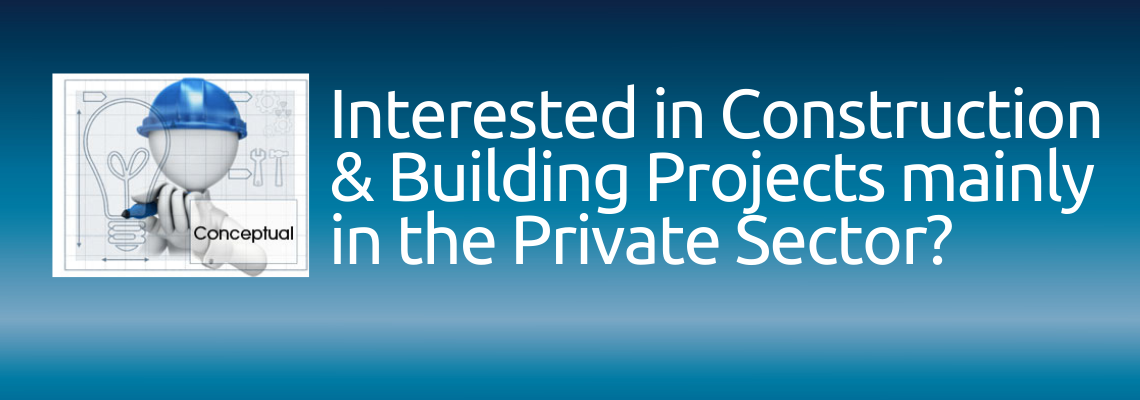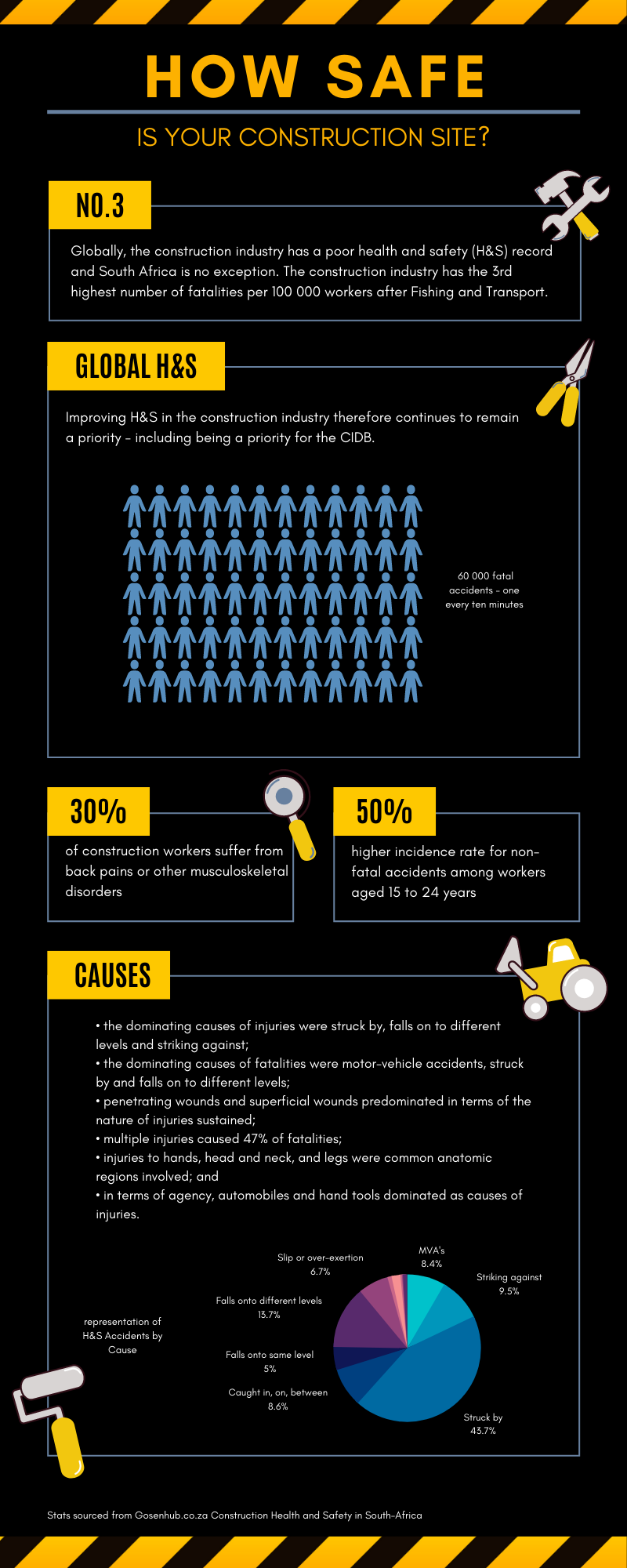
Cryptocurrency, also known as Crypto-currency or Crypto, is any form of currency that exists digitally or virtually and uses cryptography to secure transactions. Cryptocurrencies do not have a central issuing or regulating authority. A decentralized system to record transactions and issue new units is used instead.
The first Cryptocurrency was Bitcoin, which was founded in 2009 and remains the best known today.
Cryptocurrency is a peer-to-peer system that can enable anyone, anywhere, to send and receive payments and does not rely on banks to verify any transactions. Cryptocurrency payments exist purely as digital entries to an online database describing specific transactions. When you transfer Cryptocurrency funds, the transactions are recorded in a public ledger. Cryptocurrency is so-called because it uses encryption to verify transactions and is stored in a digital wallet. Advanced coding is involved in storing and transmitting data from wallets to public ledgers.
So how does it work?
Cryptocurrencies run on a distributed public ledger called Blockchain. This is a record of all transactions updated and held by currency holders. Cryptocurrency units are created through a process called Mining. Mining involves using computer power to solve complicated mathematical problems that generate coins. Users can also buy the currency from brokers, and then store and spend them using the Crypto wallets.
Cryptocurrency is not tangible. You will only own a key that allows you to move a record or unit of measure from one person to another without a third party. It is also considered to be immune from inflation because there is a fixed supply and the Government cannot manipulate the value. The market manipulates the value based on supply and demand.

Are there any benefits of using Cryptocurrency?
Two of the significant benefits of using crypto are that there are fewer fees and the money is available almost instantly. Instead of paying bank fees for electronic transfers or credit card processing, providers pay less than a cent per transaction. Cryptocurrency can also be instantly transferred into cash and deposited into your bank account, cutting down the time it takes to get paid.
For international companies, using Cryptocurrency avoids exchange rate calculations and converting cash into different money types. Vendors will also have more control over their funds as transactions cannot be reversed by the purchaser. If a customer wants to get their money back, they must request it from the vendor. This protects vendors from customers who make purchases and then cancel and do not return the merchandise.
Crypto and Construction?
1. Smart Contracts
Smart contracts are automated contracts that reduce the necessity of intermediaries and can save time and money and are poised to make their mark on the industry. Blockchain is one way that these contracts can be updated and transactions recorded.
2. BIM
Building Information Modeling (BIM) technologies are being implemented on project sites.
When combined, BIM and Blockchain can work greatly to enhance the effectiveness of smart contracts. Combining BIM and Blockchain can work in holding all parties on a project accountable and creating a higher level of transparency. The combination could improve the effectiveness of BIM technology. Currently, BIM uses peer-to-peer networks for information sharing, but Blockchain could make updates in real-time. This constant feedback and monitoring would help with transparency, lead to better overall communication and ultimately result in a higher quality of workmanship on a project.
3. Payments
The Blockchain concept is built around a monetary exchange, as it involves Bitcoin and/or Cryptocurrency.
Blockchain can therefore be used to streamline payment processing. Getting timely payments to all stakeholders on a project tends to be a significant challenge for many companies. Failure to pay on time can lead to conflict, and when a dispute arises, there is potential for the project to go south as a result. By increasing security and creating traceable information, Blockchain can improve the payment process. One technology poised to play a role is BuilderChain, a platform that’s designed to change the way sub-contractors are both hired and paid. It can better ensure that sub-contractors are paid fast and that relationships with good subcontractors are fostered.
4: Supply Chain Management
Blockchain can help trace physical items from origin to destination.
It can help improve transparency, which can help all parties stay on the same page and avoid potential pitfalls and oversights. Similarly, Blockchain can help enable contractors to use unique digital identifiers to verify vendors and suppliers, and thereby grow their reputation over time based on how well their work is performed. These digital IDs can help a company verify the credentials of any subcontractors before they are hired.
The Cryptocurrency market is quite volatile, so users should be prepared for ups and downs. Cryptocurrency is relatively young and is considered highly speculative. If you plan to participate, do your research and invest conservatively to start. Do you think Crypto and Construction related applications will be adopted well in Africa?

To view more Articles, please visit our Leads 2 Business Blog.
If you are interested in becoming one of our subscribers, please visit Leads 2 Business.
To view notes with screenshots on how to use our website, please visit Leads 2 Business Wiki.
One girl who would rather wear boots than high heels...















